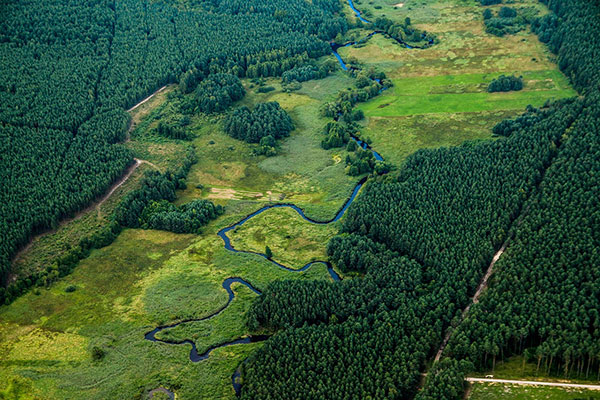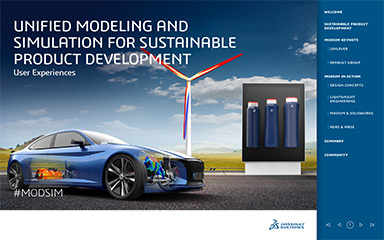
image courtesy of Pixabay.
Latest News
July 21, 2023
Engineers in the aerospace & defense (A&D) sector have always been leaders in adopting digital tools to accelerate innovation. Based on the results of a new Ansys survey, the stakes will be even higher as consumers voice a preference for greener, safer air travel, which amps up pressure for more sustainable aircraft designs.
The Ansys Sustainable Aviation Survey found that more than 60% of consumers are worried about aircraft carbon dioxide (CO2) emissions and about a third (32%) don’t think the industry at large is doing enough to make flight carbon neutral. Almost half (45%) said they feel guilty about their air travel footprint while 65% of those surveyed said they would pay more for greener air travel (up to 10% more). Nearly a third (32%) said they are more likely to fly with airlines committed to reducing their air travel footprint.
While consumer attitudes trend towards a greener aviation carbon footprint, there is trepidation about aircraft that employ alternative fuel sources. Of the consumers polled in the Ansys survey, less than half (46%) said they were amenable to traveling in an aircraft powered by sustainable aviation fuel (SAF) in the next five years, while 36% were open to electric, 38% to hybrid-electric, and 38% to hydrogen-powered aircraft.
Safety is one of the biggest concerns. While almost half of respondents (47%) are prepared to fly in an autonomous plane in their lifetimes, 57% said the absence of a pilot to respond to potential external or internal issue—for example, turbulence and flight control—is a lingering concern. Half of consumers polled worry that alternative aircraft technology like SAF-powered planes isn’t proven yet and 40% fear technical failures.
When you factor in simulation and extensive testing to put these new designs through their paces, consumer concerns dissipate somewhat. Seventy percent of respondents to the Ansys survey said they would be more likely to trust any of the alternative fuel source aircraft if the technology was validated and tested using established methods, including extensive use of simulation, to verify aircraft safety.
That's where Ansys’ simulation portfolio comes into play. The platform is aimed at helping aircraft manufacturers virtually test and evolve designs. “By virtually testing and verifying new technologies with simulation, aircraft manufacturers can demonstrate the viability of sustainable alternatives, build confidence where there is uncertainty, and expand the possibilities for next-generation air travel safely and efficiently,” said Walt Hern, Ansys senior vice president of worldwide sales and customer excellence. “Ansys’ simulation solutions not only help engineers build cleaner and smarter systems, they help establish trust with consumers.”
To learn more on how Ansys simulation can help solve aerospace design challenges, check out this video.
More Ansys Coverage
Subscribe to our FREE magazine, FREE email newsletters or both!
Latest News
About the Author
Beth Stackpole is a contributing editor to Digital Engineering. Send e-mail about this article to DE-Editors@digitaleng.news.
Follow DE





